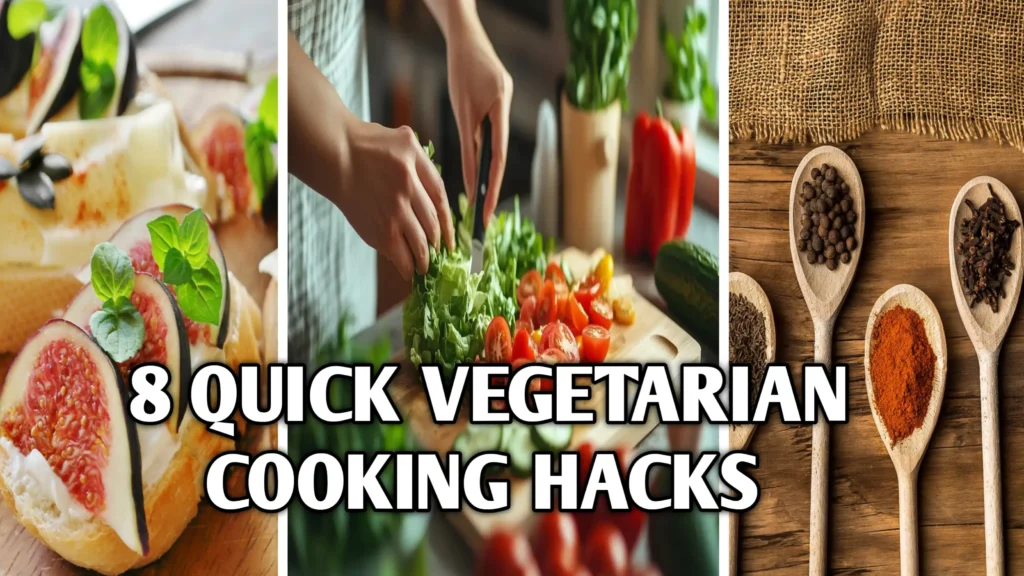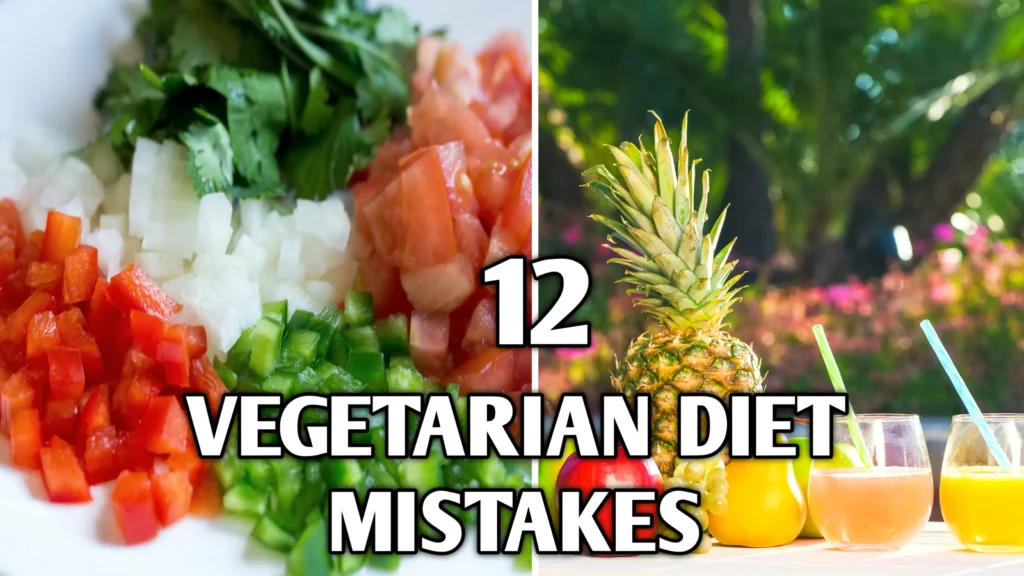
🥦 Introduction: Setting the Stage for Success
Embarking on a new eating pattern is exciting—and the promise of vibrant produce, inventive recipes, and a smaller ecological footprint can feel electrifying. But if you don’t know the common Vegetarian Diet Mistakes, that initial enthusiasm can quickly turn into frustration, fatigue, or nutrient gaps that threaten to derail your journey. In this comprehensive guide, we’ll dissect every major vegetarian error—from skewed macronutrient ratios to bland flavor profiles—so you can sidestep these pitfalls and cultivate a joyful, nutrient-rich routine from day one.
Too often, beginners assume that simply removing meat automatically guarantees a healthy outcome. Yet, the art of plant-powered cooking requires a thoughtful balance of protein, complex carbs, healthy fats, and micronutrient-dense produce. By illuminating the most frequent Vegetarian Diet Mistakes, you’ll gain the insights you need to stay energized, prevent deficiencies, and savor every meal along the way.
we’ll weave in reader success stories, pro-level tips, app recommendations, and expert insights to help you avoid the traps that lead to the most costly Vegetarian Diet Mistakes. Consider this your roadmap to a sustainable, delicious, and fully supported vegetarian lifestyle—no guesswork required.
❌ Mistake #1 – Neglecting Comprehensive Meal Planning

One of the very first Vegetarian Diet Mistakes is assuming that cutting out meat alone makes your plate “balanced.” Without meat as your go-to protein source, it’s all too easy to default to oversized portions of pasta or rice, paired with minimal veggies—or worse, to rely on fatty avocado-heavy toasts without enough complementary nutrients. This lack of strategic planning can set off blood-sugar rollercoasters, mid-day energy crashes, and nutrient shortfalls that leave you feeling more drained than before you went vegetarian.
Vegetarian Diet Mistakes in meal planning often manifest as:
- Over-reliance on simple carbs (white bread, refined cereals)
- Insufficient protein diversity (beans, lentils, tofu, tempeh)
- Skipped healthy fats or color-varied vegetables
Instead, build each plate around the four pillars of balanced nutrition: a palm-sized protein, a cupped-hand portion of complex carbs, a thumb-sized dollop of healthy fats, and two—no, three—fistfuls of vibrant veggies. This approach eliminates the most common Vegetarian Diet Mistakes by ensuring steady blood sugar, sustained energy, and optimal nutrient intake.
Real-World Example: Priya, a 29-year-old marketer, began her vegetarian journey excitedly but soon crashed mid-afternoon on plain rice bowls. After learning about these key Vegetarian Diet Mistakes in planning, she switched to weekly meal-prep bowls featuring lentils, quinoa, roasted broccoli, and tahini. Within two weeks, her iron and B12 levels rebounded—and so did her productivity.
Advanced Tip: Customize your macros and micros in real time using meal-planner apps like Cronometer (for complete nutrient breakdown) and Mealime (for automatic grocery lists and recipe scaling).
📊 Track Your Nutrition with Cronometer
Want to take control of your health and nutrition? Cronometer offers powerful tools to track calories, macros, vitamins, and minerals—all in one easy-to-use app!
🥑 Start Tracking with Cronometer❌ Mistake #2 – Overreliance on Ultra-Processed Meat Substitutes

One of the most frequent Vegetarian Diet Mistakes is leaning too heavily on pre-packaged “plant-based meats” as the backbone of every meal. It’s tempting to grab veggie burgers, vegan sausages, or deli slices for convenience, especially when you’re learning how to start a vegetarian diet the right way. Yet these products often contain high levels of sodium, refined oils, and stabilizers that undermine many of the health advantages you sought by cutting out meat. Relying on them day after day risks swapping one set of processed ingredients for another—an all-too-common vegetarian diet mistake that can leave you feeling bloated, inflamed, or dissatisfied.
Many vegetarian diet beginners assume that all “meat alternatives” are created equal, believing that what tastes like meat must be equally nutritious. In reality, these convenient options tend to offer a narrow spectrum of macronutrients, lacking the fiber, phytonutrients, and micronutrient variety found in whole-food proteins. By making ultra-processed substitutes your go-to, you inadvertently fall into one of the top common vegetarian diet mistakes: neglecting the broad nutritional profile that legumes, tofu, tempeh, and mushrooms naturally provide.
To remedy this, pivot toward minimally processed protein sources. Instead of a frozen patty, try simmering dried lentils with garlic, ginger, and spices until they reach a meaty texture. Swap out store-bought vegan bacon for thinly sliced, marinated seitan you prepare at home, where you control every ingredient. This approach not only boosts fiber and micronutrients but also sharpens your confidence in the kitchen—a critical part of tips for starting a vegetarian diet that sticks.
Reader Success Story: When fitness coach Carlos recognized the pattern in his own eating—three mock-meat breakfasts and canned “chicken” salads—he decided to challenge his habit. He spent one Sunday experimenting with homemade chickpea “tuna” salad and pan-fried tempeh bacon. Within a week, the chronic bloating he’d chalked up to his new diet subsided, and he reported feeling “lighter, clearer, and genuinely nourished.” That shift away from processed shortcuts marked his breakthrough in avoiding Vegetarian Diet Mistakes and embracing authentic plant-based eating.
❌ Mistake #3 – Overlooking Critical Micronutrients: A Common Vegetarian Diet Mistake
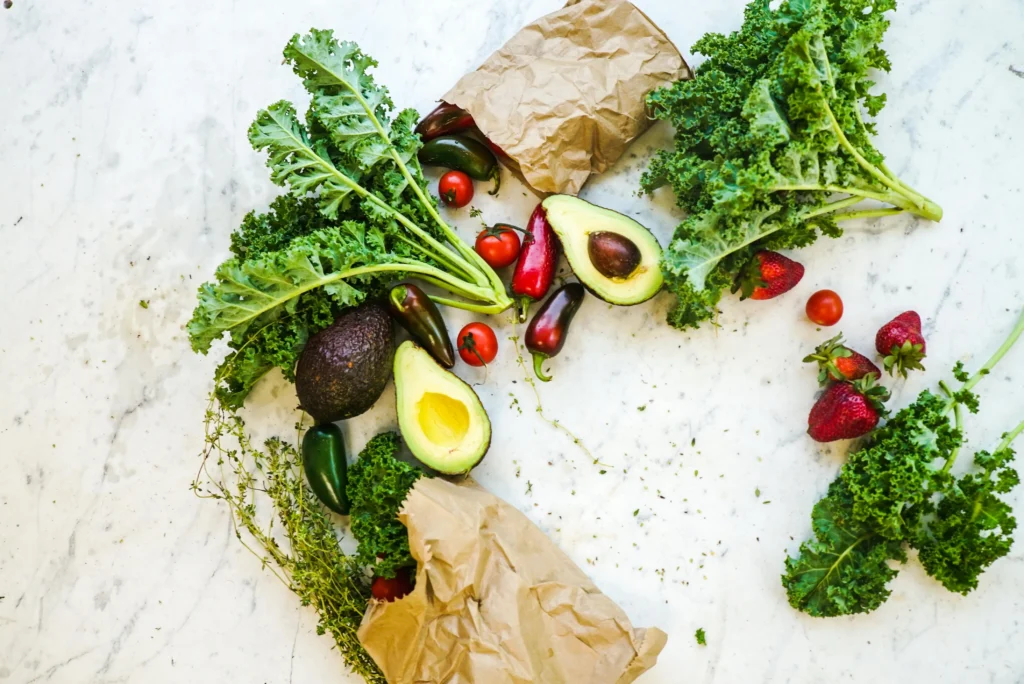
When you commit to a meat-free lifestyle, it’s easy to bask in the abundance of vegetables, grains, and legumes without realizing that Vegetarian Diet Mistakes in micronutrient planning can silently sabotage your health. Iron, vitamin B12, zinc, and omega-3 fatty acids are the four nutrients most frequently underestimated by vegetarian diet beginners, and deficiencies can manifest as fatigue, poor immunity, and cognitive fog. Relying solely on spinach for iron or assuming that a B12-fortified cereal is sufficient without checking labels are textbook examples of these common vegetarian diet mistakes.
In practice, a salad of kale, quinoa, roasted chickpeas, and avocado may look like a gold-standard bowl, yet without the right pairings—like adding citrus to boost iron absorption—or the inclusion of algae-based DHA/EPA supplements, you might still fall short. A real-world case in point: food blogger Maya, after six months of her self-styled “rainbow bowls,” experienced tingling in her fingers due to undiagnosed B12 deficiency. A simple blood test and the addition of a daily B12 supplement transformed her energy levels overnight, illuminating how easily these Vegetarian Diet Mistakes creep in.
To avoid this pitfall, weave in fortified plant milks, nutritional yeast, pumpkin seeds, and algae oils, and consider an annual blood panel to monitor iron and B12 status. By proactively addressing these nutrients, you’ll sidestep one of the most insidious Vegetarian Diet Mistakes and ensure vibrant health on your journey. 🌱
❌ Mistake #4 – Skipping Meal Prep: Tips for Starting a Vegetarian Diet the Right Way
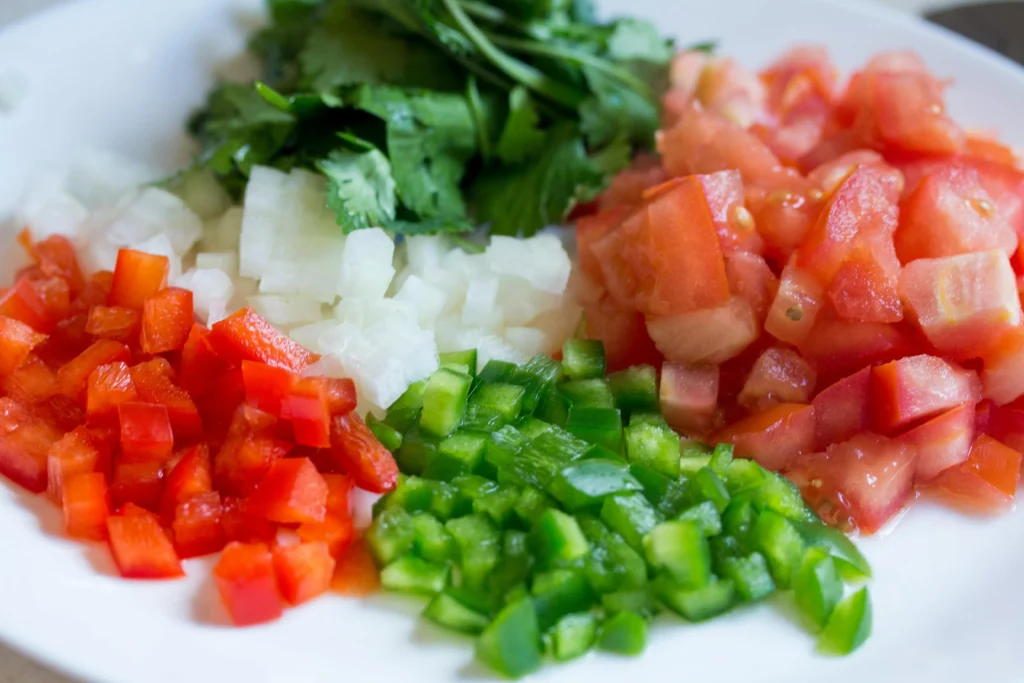
One of the greatest hurdles for new plant-based eaters is the misconception that spontaneity in cooking equals freedom. In truth, skipping meal prep is among the top Vegetarian Diet Mistakes that leads to poor food choices and stress. Without pre-cooked staples—grains, beans, roasted vegetables, and chopped toppings—you’ll find yourself gravitating toward convenience meals that are often high in sodium and lacking in balance.
Imagine ending a long day by opening the fridge and seeing only a head of lettuce and a half-empty jar of peanut butter. That scenario sets the stage for takeout or grab-and-go junk food, perpetuating another cycle of common vegetarian diet mistakes. Instead, dedicate two hours each weekend to batch-cook lentils, brown rice, and mixed-vegetable trays, then portion into glass containers. This simple ritual transforms dinner from a decision-fatigue chore into a joyful construction of vibrant, nutrient-dense bowls.
Readers often cite the feeling of calm this routine brings. Nutrition coach Serena shared that once she embraced batch cooking, her stress over dinners vanished and she finally felt she was “how to start a vegetarian diet the right way,” free of frantic grocery runs and unhealthy slip-ups.
❌ Mistake #5 – Neglecting Flavors: How to Avoid Lackluster Vegetarian Diet Mistakes
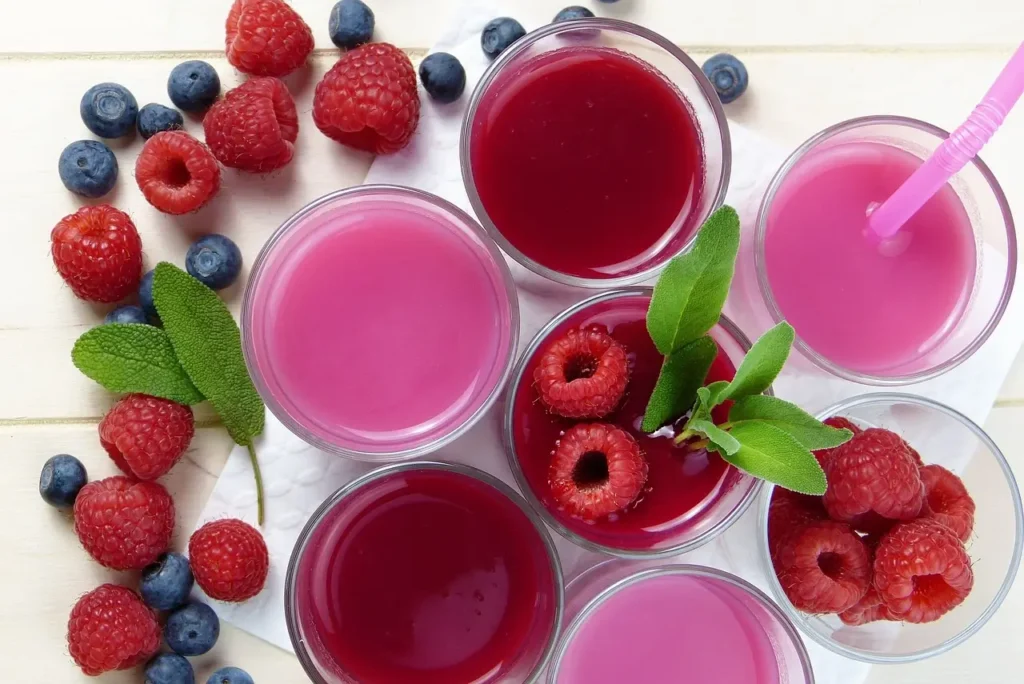
Even the most meticulously balanced plate can feel uninspiring if it lacks depth and excitement. Under-seasoning your dishes, ignoring umami boosters, or failing to vary textures are Vegetarian Diet Mistakes that can derail your enthusiasm and lead to quitting altogether. A common scenario: a steamed broccoli and tofu bowl seasoned only with salt and pepper, leaving you wondering why your new diet feels like punishment rather than pleasure.
To counteract this, invest time in building flavor layers. Toast whole spices before grinding for richer aroma, stir in miso paste or nutritional yeast for savory depth, and finish soups or stews with a squeeze of citrus to brighten the profile. Vary textures by adding crunchy roasted seeds, soft mashed beans, or silky avocado. When you master these techniques, you’ll never confuse “healthy” with “bland,” and you’ll avoid another set of common vegetarian diet mistakes that stem from monotony. 🌶️
❌ Mistake #6 – Demonizing Carbohydrates: A Key Vegetarian Diet Mistake
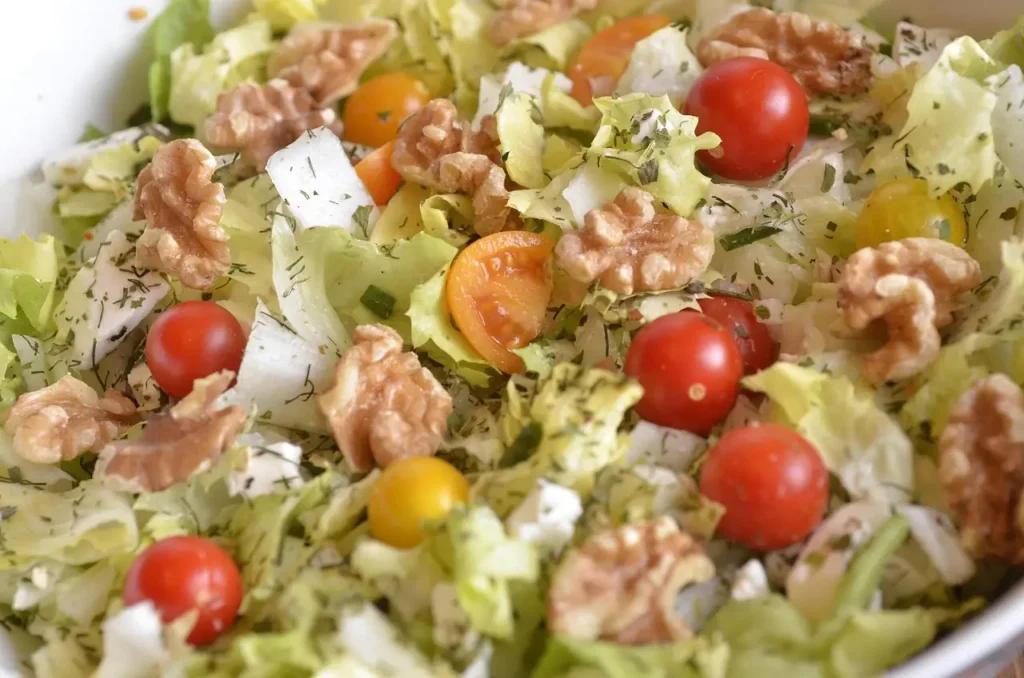
One of the more paradoxical Vegetarian Diet Mistakes is the fear of carbohydrates. Influenced by low-carb fads, many beginners slash grains and starchy vegetables, only to face energy crashes, heightened cravings, and brain fog. Carbohydrates from whole-food sources—brown rice, oats, sweet potatoes, and legumes—are your body’s preferred fuel, sustaining workouts, mental focus, and daily vitality in a way that protein or fats alone cannot.
Cutting out these plant-based carbs can trigger an intense cycle of deprivation and bingeing, itself a hallmark of common vegetarian diet mistakes. Embrace complex carbohydrates as an essential component of your meals, pairing them with protein and healthy fats for balanced blood sugar and satiety. When long-term vegetarians reflect on their journey, many credit their sustained energy levels to consciously prioritizing high-quality carbs rather than demonizing them.
❌ Mistake #7 – Assuming “Vegetarian” Equals Instant Health
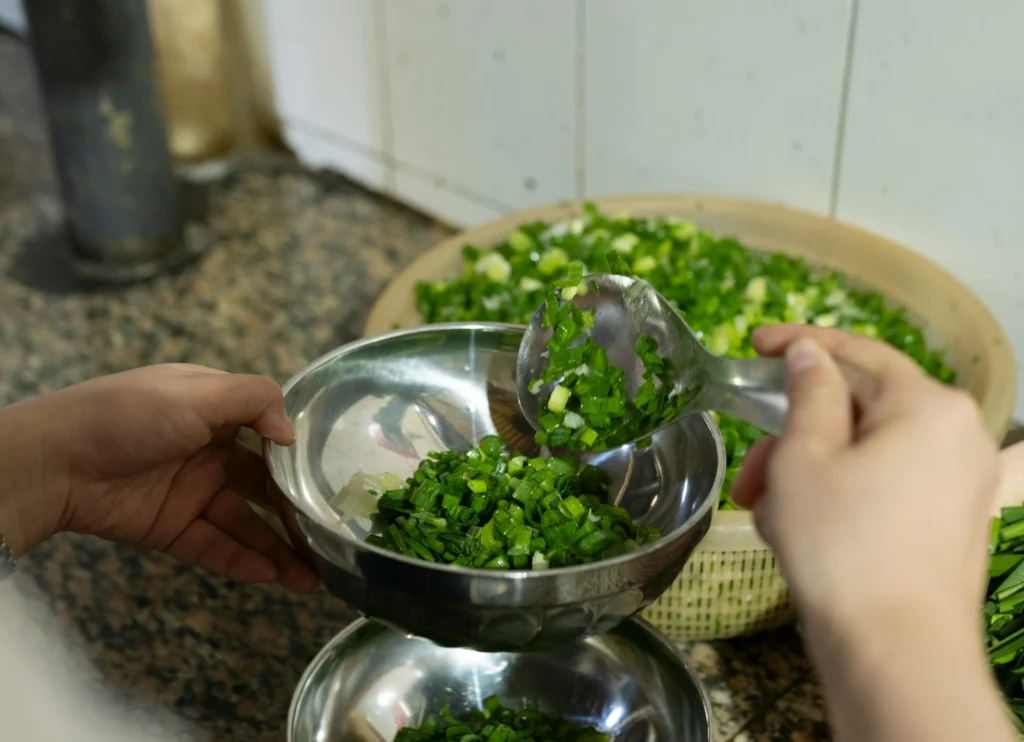
Perhaps the most misleading assumption is that any diet free of meat is automatically healthy. This myth ranks among the most pervasive Vegetarian Diet Mistakes and leads many to load up on sugary snacks, refined grains, and fried treats—just because they bear a “plant-based” label. A basket of vegetable chips, white-flour tortillas, and vegan cookies may tick the “no meat” box, but nutritionally they’re no better than their omnivorous counterparts, perpetuating the cycle of nutrient imbalance.
True health in a vegetarian diet demands a focus on whole, unprocessed foods. Center your meals on legumes, whole grains, vegetables, fruits, nuts, and seeds, and view packaged convenience items as occasional treats rather than staples. A mindset shift away from “vegetarian = healthy” clears the path to avoiding this critical Vegetarian Diet Mistake and unlocking the genuine benefits of plant-centric nutrition.
❌ Mistake #8 – Neglecting Hydration and Fiber Adaptation

Fiber is celebrated for its digestive benefits, but ramping up fiber intake without corresponding hydration is a classic Vegetarian Diet Mistake that often results in bloating, gas, and constipation. When vegetarians flood their plates with beans, whole grains, and raw vegetables overnight, the digestive system can protest if water intake doesn’t increase in lockstep.
Think of fiber as a broom that needs water as its wet sweep. Without sufficient fluids—aim for 8–10 cups of water daily—fiber can congest rather than clean your gut. Start by adding cooked vegetables and soaked legumes before progressing to higher-fiber raw salads. Sipping herbal teas and infusing water with citrus or cucumber boosts flavor and intake. By mindfully managing hydration alongside fiber, you’ll avoid one of the more uncomfortable common vegetarian diet mistakes.
❌ Mistake #9 – Copying Vegan Plans Blindly: A Vegetarian Diet for Beginners Misstep

Vegetarianism and veganism may share the plant-based umbrella, but their nutritional frameworks differ in crucial ways. A vegan plan—exclusively plant-derived—can inspire Vegetarian Diet Mistakes when adopted wholesale by vegetarians who still wish to include dairy, eggs, or honey. This confusion can lead to gaps in healthy fats, calcium, or B12 that you could have easily obtained from cheese, yogurt, or fortified dairy alternatives.
Rather than mimicking vegan influencers verbatim, tailor your approach based on your personal ethics, digestive comfort, and micronutrient needs. If paneer or kefir supports your protein and calcium goals, incorporate them judiciously. By customizing your strategy, you’ll circumvent another of the most frequent common vegetarian diet mistakes and create a sustainable plan that resonates with your body and values.
🌱 10 Essential Vegetarian Cooking Tips for Beginners
Ready to master vegetarian cooking? These beginner-friendly tips will help you create tasty, healthy dishes with confidence. Start your plant-based journey today!
🥦 Read Beginner Vegetarian Tips🍲 Also check out our Cooking Guides for more plant-based ideas!
❌ Mistake #10 – Avoiding Healthy Fats: A Hidden Vegetarian Diet Mistake

In the pursuit of leanness, many new vegetarians shy away from fats like olive oil, nuts, and seeds, fearing unwanted weight gain. Yet skipping these healthy fats is a serious Vegetarian Diet Mistake, as fats are vital for hormone production, nutrient absorption, and brain health. Omega-3s from flaxseed, chia, and walnuts support cognitive function, while monounsaturated fats in avocado and olive oil nourish cell membranes and skin.
Rather than fearing fats, embrace them as an essential pillar of balanced eating. Drizzle dishes with cold-pressed oils, blend seeds into smoothies, and enjoy small handfuls of nuts for satisfaction and flavor. When you view fats as allies instead of adversaries, you eliminate a stealthy set of common vegetarian diet mistakes and pave the way for optimal health.
❌ Mistake #11 – Underestimating the Social Side of Vegetarian Eating

Food is inherently social, and neglecting the relational dynamics of your new diet is a subtle yet impactful Vegetarian Diet Mistake. Dining out or attending family gatherings can feel isolating if you haven’t prepared. Without a plan, you may cave to peer pressure or opt for subpar vegetarian options heavy in cheese or grease.
To navigate these scenarios, arm yourself with polite explanations—“I’m focusing on a plant-based routine for health”—and offer to bring a show-stopping dish that converts skeptics. Engaging friends and family in your journey turns potential pitfalls into opportunities for connection. By attending to this social component, you sidestep one of the lesser-known common vegetarian diet mistakes and build a supportive ecosystem around your choices. 🍽️
❌ Mistake #12 – Expecting Perfection or Instant Results

The final—and perhaps most pervasive—Vegetarian Diet Mistake is believing that once you flip the switch to vegetarianism, every day will be flawless and every outcome immediate. Real change unfolds gradually. You may experience early wins in energy or digestion, but deeper shifts in blood markers, weight management, and culinary confidence often emerge over months.
Treat this journey as a marathon rather than a sprint. Allow room for experimentation, missteps, and moments of craving. If you accidentally consume an animal product or fall back into old patterns, view it not as failure but as feedback. This mindset prevents the discouragement that fuels dropout rates and ensures that you avoid the ultimate common vegetarian diet mistakes of rigidity and all-or-nothing thinking.
💡 Quick Tips Box
- Plan once, eat twice: Batch-cook key ingredients on weekends.
- Rotate proteins: Alternate tofu, tempeh, lentils, beans, and eggs (if included).
- Spice it up: Keep a rainbow of spices and umami boosters on hand.
- Hydrate first: Aim for 8–10 cups of water before adding more fiber.
- Social strategy: Always carry a healthy snack for unexpected outings.
🛠️ Advanced Tools & Apps for Avoiding Vegetarian Diet Mistakes
In the digital age, specialized apps can guard you against many of the mistakes above:
- Cronometer: Micronutrient tracking prevents hidden deficiencies.
- HappyCow: Find vetted vegetarian-friendly eateries worldwide.
- Mealime: Automated vegetarian meal plans and grocery lists.
- Daily Dozen: Dr. Greger’s checklist ensures you hit daily plant targets.
- Forks Over Knives Planner: Scientifically curated, whole-food meal guides.
📣 Reader Interviews: Insights from the Field
Priya, 32, Singapore:
“I constantly felt low on iron until I logged every meal in Cronometer and realized my spinach-only strategy was failing. Adding lentil dahl and pairing it with fresh lime juice changed everything.”
Ethan, 45, London:
“My social life improved when I started bringing a sizzling homemade tofu satay to potlucks. Friends now ask me for the recipe!”
🥗 7-Day Sample Vegetarian Meal Plan for Beginners

| Day | Breakfast | Lunch | Dinner |
|---|---|---|---|
| Monday | Steel-cut oats with berries & flax | Chickpea Buddha bowl with tahini drizzle | Tofu stir-fry with brown rice & broccoli |
| Tuesday | Avocado-hummus toast with hempseed | Lentil-tomato soup & whole-grain toast | Sweet potato & black bean enchiladas |
| Wednesday | Green smoothie + almond butter | Quinoa salad with roasted veggies | Mushroom-spinach pasta primavera |
| Thursday | Chia pudding with mango slices | Falafel wrap with cucumber-mint yogurt | Eggplant & lentil curry with basmati rice |
| Friday | Plant yogurt parfait with granola | Tempeh bacon BLT on sourdough | Zucchini noodle pad Thai |
| Saturday | Tofu scramble with spinach & tomato | Miso soup & veggie sushi rolls | Vegan chili with cornbread |
| Sunday | Buckwheat pancakes + maple syrup | Mediterranean platter (hummus, tabbouleh) | Stuffed bell peppers with quinoa & beans |
🧾 Key Takeaways
A thriving vegetarian lifestyle hinges on proactive planning and awareness. By addressing these Vegetarian Diet Mistakes—from micronutrient gaps to flavor avoidance, carb fears to social strategies—you’ll craft a sustainable, nutrient-rich path that energizes your body and delights your palate. Remember, progress over perfection is the ultimate recipe for long-term success.
❓ Frequently Asked Questions
2. Can I skip supplements if I eat a varied vegetarian diet?
While eating a diverse and balanced vegetarian diet can provide most of the nutrients your body needs, certain vitamins like B12 and often vitamin D require careful attention. These nutrients are not typically found in plant-based foods, so it’s important to either consume fortified foods or take supplements. It’s wise to monitor your blood levels with your healthcare provider to ensure you’re meeting your nutritional needs. Depending on your individual health goals and lifestyle, a small supplement routine may be necessary to avoid deficiencies and maintain optimal health.
3. What if I don’t like tofu or tempeh?
If tofu or tempeh doesn’t appeal to you, don’t worry—there are plenty of other delicious, plant-based protein sources to experiment with! Try legumes like lentils, chickpeas, or black beans, which can be used in soups, stews, or even homemade veggie burgers. Seitan, also known as wheat gluten, offers a chewy texture similar to meat and can be sautéed or grilled. Jackfruit is another popular meat substitute, especially in savory dishes like tacos or pulled “pork.” If you’re not keen on the taste of tofu or tempeh, consider experimenting with different marinades, spices, and cooking methods to change the flavor profile—grilling, roasting, or stir-frying can make a huge difference! The key is to find what works for your palate and lifestyle.
4. How do I stay motivated when progress is slow?
Staying motivated on your vegetarian journey, especially when progress feels slow, can be challenging. One way to stay positive is to track non-scale victories—these are the small but significant signs of progress that aren’t related to weight. For example, notice improvements in your energy levels, sleep quality, or mood. Feeling more vibrant or waking up rested can be great indicators that your body is adjusting well to the change. It’s also helpful to stay connected with vegetarian communities, whether online or in-person, to gain support, share your journey, and find inspiration from others who have similar goals. Joining online forums, following plant-based food bloggers, or participating in local vegetarian meetups can reignite your passion and provide valuable insights into the lifestyle. Remember, it’s about the long-term benefits, not just the immediate results!
5. Is it okay to include occasional dairy or non-vegetarian foods?
No, if you are committed to following a pure vegetarian diet, it’s best to avoid all non-vegetarian foods, including meat, fish, and eggs. However, incorporating dairy products like milk, curd, paneer, or ghee can be acceptable for many vegetarians, as they provide essential nutrients like calcium, vitamin B12, and protein. Always align your food choices with your personal health goals and ethical values for a truly plant-focused lifestyle.
📢 Conclusion & Call-to-Action
Congratulations on mastering the roadmap to sidestep the most pervasive Vegetarian Diet Mistakes. You now possess the insights, tools, meal plans, and community wisdom to thrive—energized, nourished, and endlessly inspired by plant-centered possibilities. Ready to take the next step? Subscribe to our newsletter for weekly recipes, expert interviews, and exclusive meal-prep guides. Share this guide with fellow veggie enthusiasts and join our private Facebook group to celebrate victories big and small. Here’s to a lifetime of joyful, delicious, and well-informed vegetarian living! 🎉



